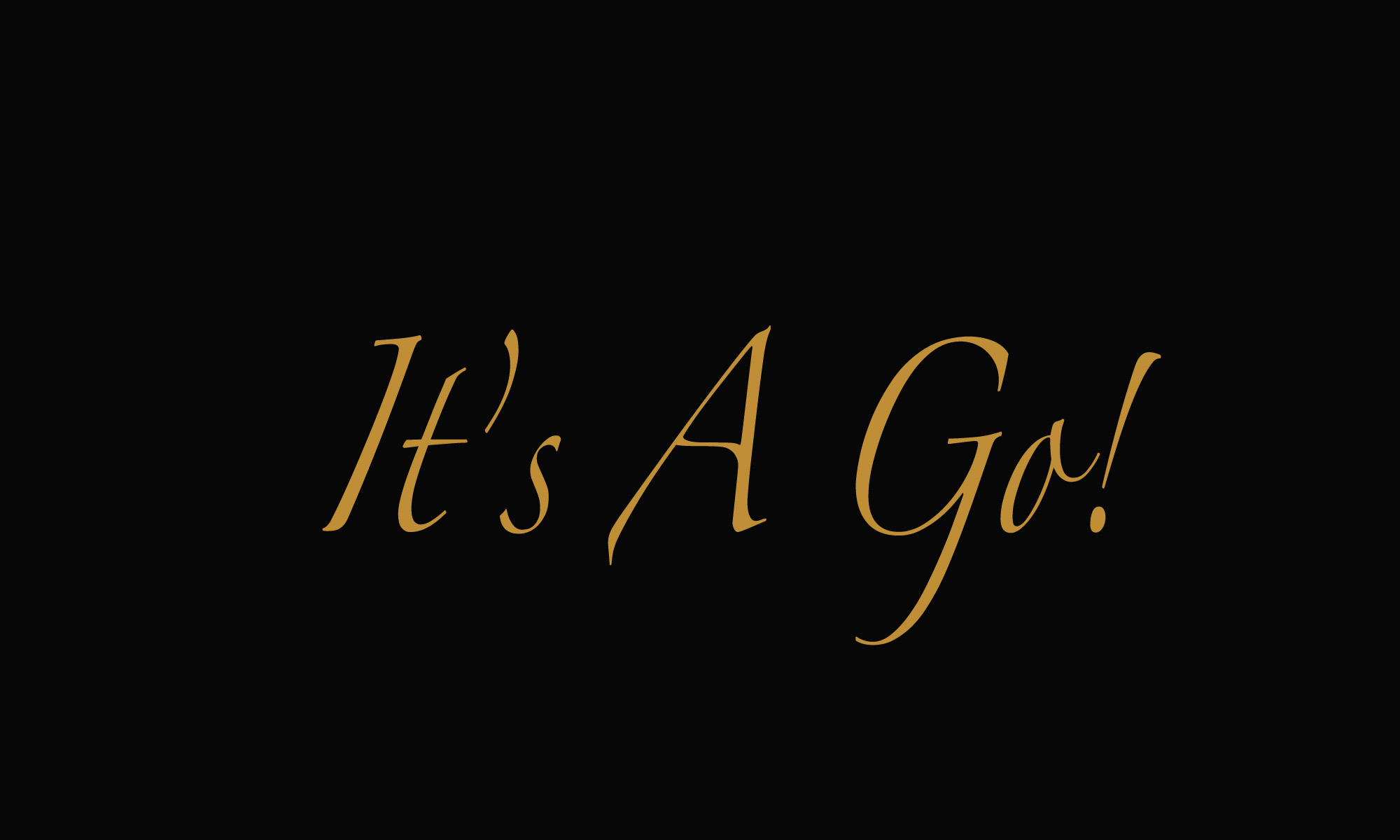
World Wildlife Day is a UN initiative observed on March 3rd since 2013. This year’s theme is “Big Cats- Predators Under Threat.” These beautiful animals need to be protected. According to the World Wildlife Day website,
Big cats are among the most widely recognized and admired animals across the globe. However, today these charismatic predators are facing many and varied threats, which are mostly caused by human activities. Overall, their populations are declining at a disturbing rate due to loss of habitat and prey, conflicts with people, poaching and illegal trade. For example, tiger populations plummeted by 95% over the past 100 years and African lion populations dropped by 40% in just 20 years. But a range of measures are underway to arrest this decline.
Awareness Days
I love the awareness that social media brings to this issue, but I would like to know more about the “range of measures” the are underway to “arrest this decline”. Grassroots initiatives and events can (and do!) change the world, but as a Canadian, I wonder how we’re involved at the various levels of government?
Government vs. Grassroots
Though it would be a huge undertaking, it would be wonderful if the World Wildlife Day website listed some of the policies that are in place (or, have been proposed) by various countries and their governments that have started to help (or are expected to help) to save these predators under threat.
In addition to reading about the successful initiatives taking place around the world right now, I would love to know what governmental bodies have done in the past to save various species, and how their success may be applied in other countries/in regards to other animals.
I was feeling removed from this issue (please note that I care, but) as a person living in Canada, the only way that I see big cats is if:
- They are on television
- I visit a zoo (which I haven’t done since I was a kid, nor do I have any interest in doing again, as seeing animals in captivity makes me sad- more than seeing them in a zoo educates me), or
- I watch The Lion King again (I’m an adult, but I’ll do it)
If, like me, you’re feeling a bit pessimistic, check out this quote from the Huffington Post, published in 2015:
Despite the dizzying number of species headed toward extinction, however, there is still hope. The past has shown us that protecting wildlife is possible. Just decades ago the whaling industry brought the global number of humpback whales down by 90 percent, putting the species on the brink of extinction. Today, because of continued conservation efforts, they are bouncing back and nearing pre-whaling numbers. Similarly, the bald eagle — national bird of the United States — came dangerously close to extinction a few decades back, but is now recovering.
Moving forward
Have you participated in (or organized) an event to protect wildlife? (Whether it be for World Wildlife Day, or not.)
Would you find it helpful to know what policies/governmental initiatives are in place (or have helped in the past), or do you think that such awareness days are best left to individuals and communities?
Give your life the green light! It’s A Go!
Amber Green

